Like many RPGs before it, Bravely Default relies on the classic blend of random battles and turn-based combat. If you’re familiar with turn-based RPGs, you should be right at home with the combat; if you’re new to all this, don’t worry as it’s easy to pick up.
As you’re waltzing on the world map or digging through dungeons, the game will randomly spring battles on you; these random battles will be your main source of combat. When a battle occurs, the screen transitions so your characters are shown on the right and the enemies on the left; this is when the turn-based mayhem begins.
Special Encounters¶
(1 of 2) Pay attention for special effects at the start of battle, as these can very easily influence the flow of battle.
Pay attention for special effects at the start of battle, as these can very easily influence the flow of battle. (left), (right)
At the beginning of the battle, there’s a chance of a special effect (random battles only).
Way Of Battle¶
(1 of 2) Although Bravely Default is turn-based, it doesn’t mean the battles are easy.
Although Bravely Default is turn-based, it doesn’t mean the battles are easy. (left), (right)
Battles are divided into turns; each turn, you can issue commands to your characters, in your own time, via the menu provided. Normally, you can issue one command for each character. The basic commands are:
Attack
Your character will deal damage to a selected enemy with their equipped weapon(s). The damage inflicted depends on the weapons’ attack rating and your character’s Strength stat. As your character’s stats improve, they will start to dish out multiple hits with each attack too, dependant on their Job Level, Aim and Agility.
Ability
Use a command ability from your character’s current job or secondary job. These can have a variety of effects, such as dealing extra damage, restoring HP, improving stats, etc. Some abilities have an extra cost (such as MP or BP) before you can use them. For full details, please check the Jobs and Abilities section of this guide.
Item
Make your character use a consumable item on another character (or themselves) or attack item on the enemy. When your characters are taking a beating, you can use this command to dig out your potions and soothe the pain.
Run
If things are going downhill or you know you’re not going to make it, perhaps it’s time to count your losses and do a runner! As they say, live to fight another day… Beware that running away won’t always guarantee an escape from battle; but should one character successfully flee, everyone will escape safely.
Once everyone has been issued orders, press Go! to confirm your choices and your characters will automatically execute their given commands. All you can do now is watch intently as your characters and the enemies exchange attacks, support their allies, etc.
After everyone–friend or foe–has executed their moves, the next turn will start and you’ll be able to issue commands anew; from here, it’s a simple matter of repeating the process until you’ve wiped out the enemy, thus emerging victorious in battle, or the enemy floors you, sending you to the depressing Game Over screen.
Hit Points¶
This is common knowledge for RPG veterans, but if you’re a beginner, keep a careful eye on your characters’ HP value. Each time a character takes damage from the enemy, their HP will reduce; once a character’s HP drops to zero, they will be unable to act. If all of your characters reach zero HP, it’s Game Over!
To prevent untimely deaths, you can use abilities or items to restore your characters’ HP. Early on, you get access to the White Mage job and White Magic–ideal for keeping your party healthy. Should a character fall, there’s still hope for them–you can use a Phoenix Down item (or other means) to pull them back from the brink.
Pros of Battle¶
(1 of 2) Levelling Up is good; even the characters agree with their happy dances.
Levelling Up is good; even the characters agree with their happy dances. (left), (right)
By winning battles you will earn experience points (to Level Up your characters and improve their stats), Job Points (to Level Up your current jobs and obtain new abilities), money and sometimes even valuable loot. Plus the more battles you fight, the more practice you get for further down the road.
While you can potentially avoid random battles (by lowering the encounter rate), there are forced battles at certain points, like a nasty boss at the end of a dungeon. If you constantly skimp out on battles, you may gain less experience, which can put you at a major disadvantage when you encounter one of these roadblocks.
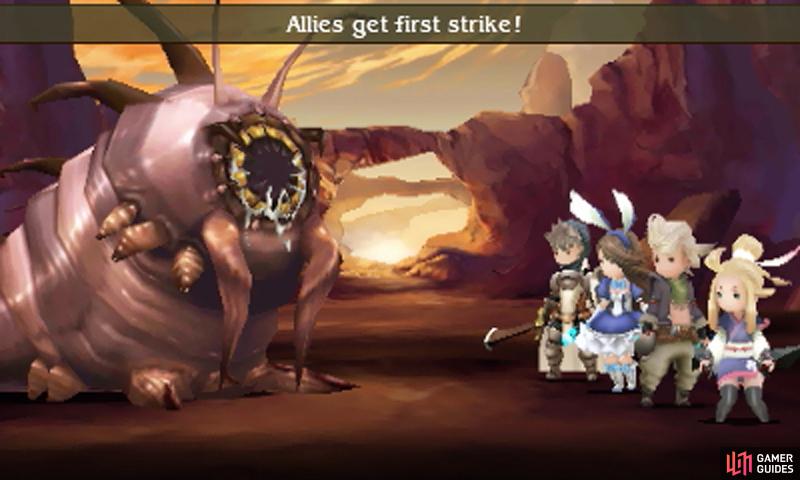
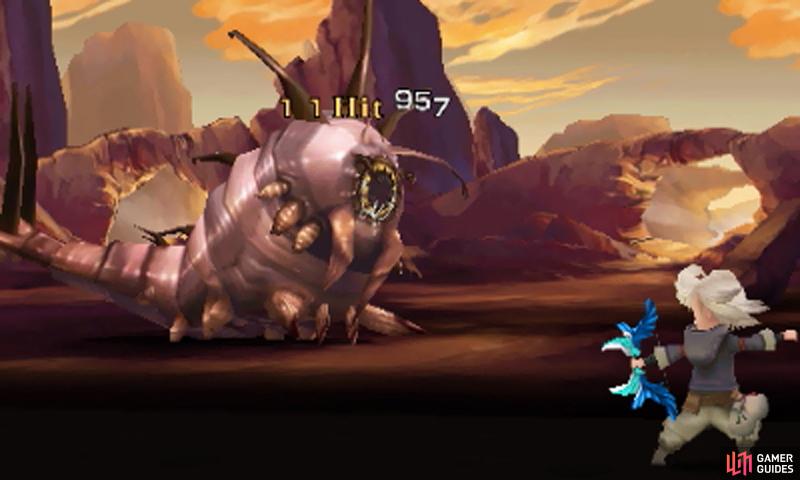
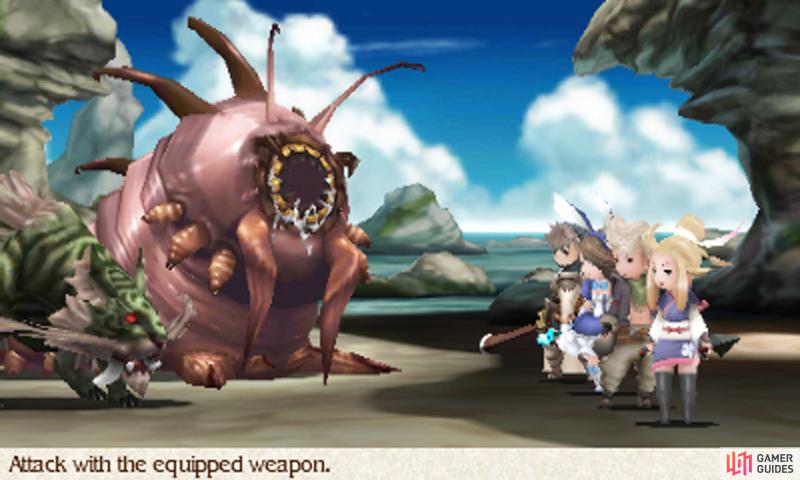
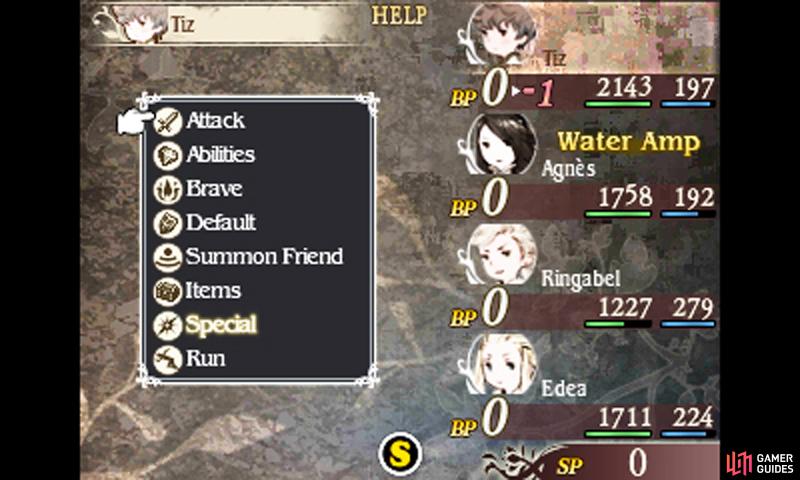
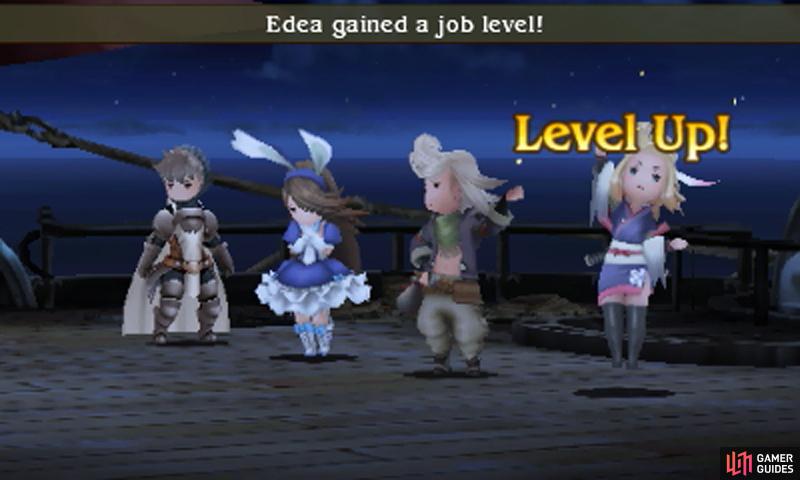
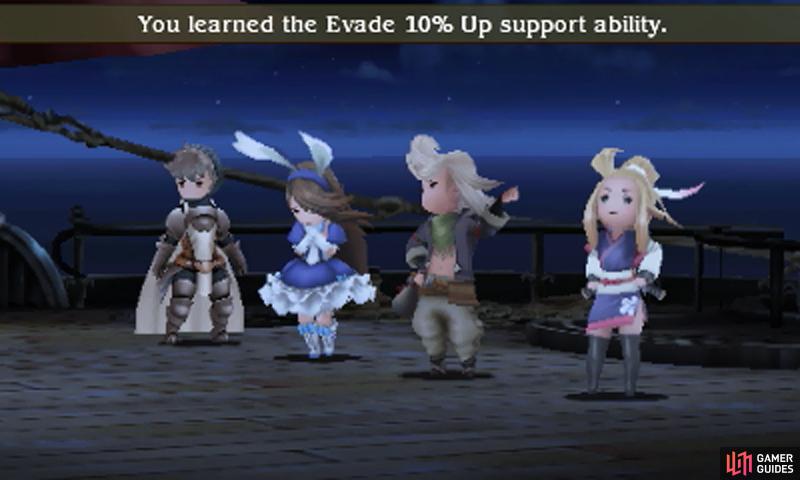

 Sign up
Sign up
No Comments